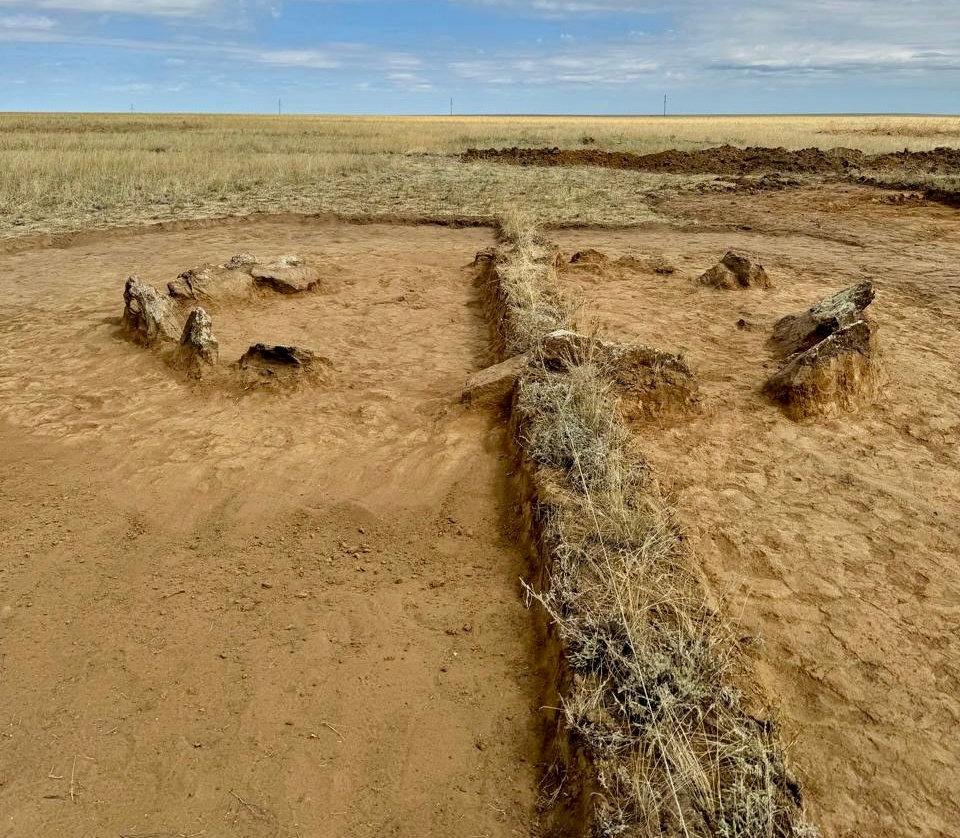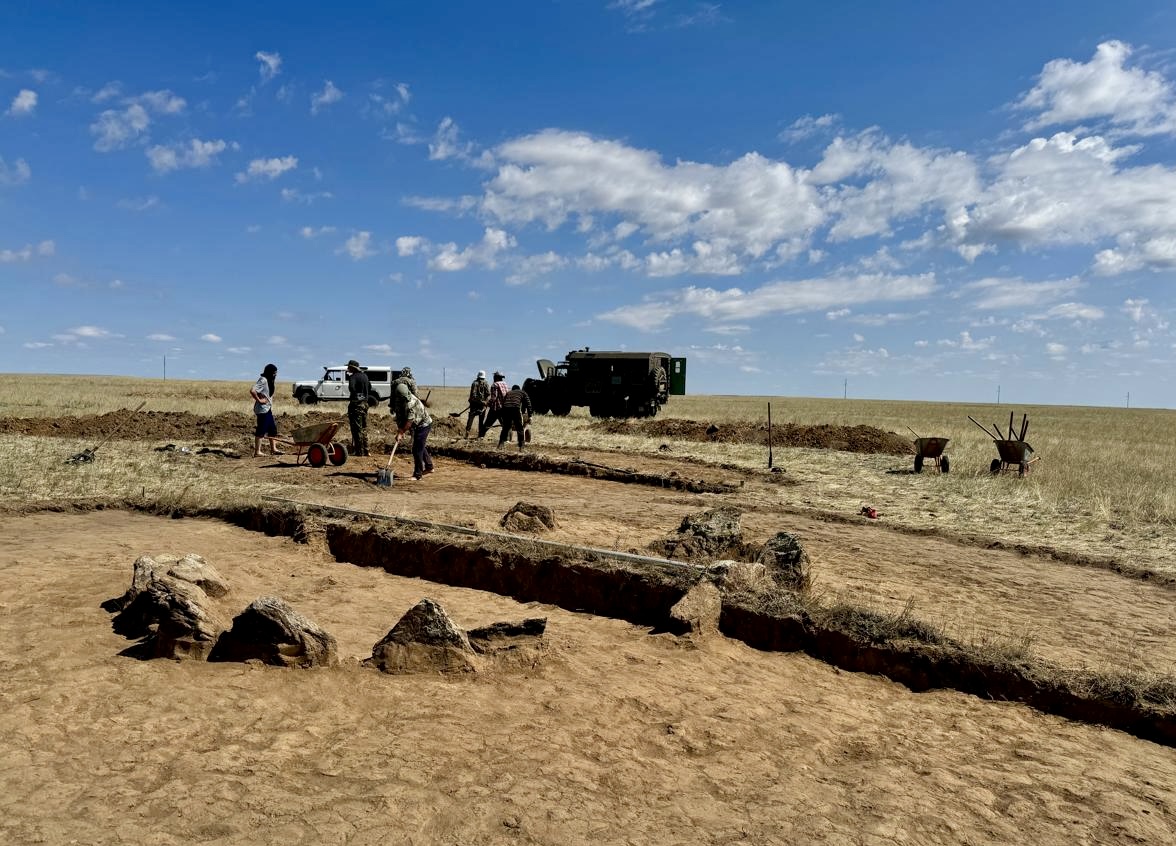The next archaeological season of the team of scientists and students of Baitursynuly University has finished!
We are talking with Irina SHEVNINA, a senior researcher at the archaeological laboratory of the KRU, about the finds and discoveries that he brought to the treasury of the archaeological circle and science in general.
Last year, the participants of the Turgai expedition managed to excavate the burial and find the key to unraveling the geoglyphs. And what did you remember about this season?
- This year, as part of a joint project with colleagues from the A.H. Margulan Institute of Archaeology, we finished exploring the Karaturgai ring, in which we found a burial. They excavated all the mounds and ditches around them.
We can already say for sure that this is the Early Iron Age, the Early Armenian culture. By the way, this is the first geoglyph to date that has been fully studied .
He gave answers to questions that have been bothering scientists since 2010. What are geoglyphs? Who built them? Now we can say with certainty that these are ritual and sacred buildings where the Sarmatians performed rituals. Dentistry has been replenished with new types of monuments.
- What was found in the other mounds?
There were 9 of them in total. We can say that these are rings in rings – a circle-embankment, inside a ring fence, outside a ring moat and all this in a common ring.
In one we previously found the burial of a man and a woman. The rest had ring fences made of stone, anthropomorphic images, tamgas (ancestral family sign, seal).
We consulted with fellow marketers from Moscow and came to the conclusion that this is the burial of a noble but impoverished family - there are ancestral tamgas, but there are no gold jewelry or other status items.
-The weather at the end of summer was not pleasant. Did the rains complicate the work?
- In the first half of the summer, we explored the Kamysty settlement in the Denisovsky district. It was not easy, they pumped out the water with pumps. We thought we could at least warm up in Torgai (laughs). But even there it was necessary to carry out excavations in the rain.
However, they worked productively anyway, everyone was satisfied – both teachers and students. We have fully explored the object, now we will analyze the anthropomorphic sculptures and tamgas.













